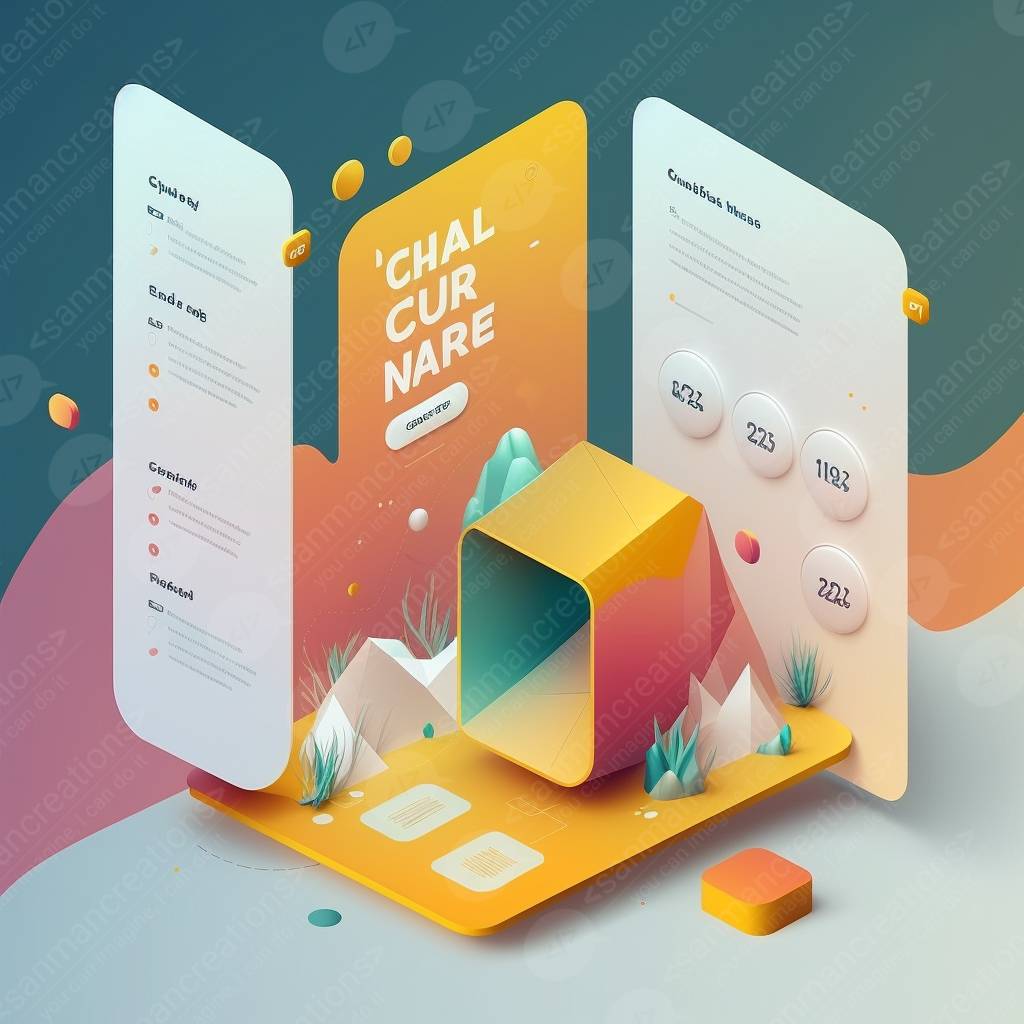
Table of Contents
In the ever-expanding digital landscape, user experience (UX) has emerged as a pivotal factor that can make or break the success of a website, application, or digital product. Understanding and implementing effective UX design principles has become essential for businesses and designers alike. In this comprehensive guide, we’ll delve deep into the world of UX design, exploring its principles, best practices, and how it shapes the digital realm.
What is UX Design?
UX design, short for User Experience design, is the process of crafting digital interfaces with the end-user in mind. It encompasses a wide range of disciplines, including research, interaction design, information architecture, usability testing, and visual design. The primary goal is to create products that are easy to use, efficient, and provide a delightful experience for the user.
The Key Principles of UX Design
1. User-Centered Design
At the heart of UX design is a deep focus on understanding the users—their needs, behaviors, and pain points. Design decisions are made with the user’s perspective as the top priority.
2. Usability
Usability is all about ensuring that a product is easy to navigate and interact with. Clear navigation, intuitive interfaces, and efficient workflows are crucial components of usability.
3. Consistency
Consistency in design elements, such as color schemes, typography, and layout, helps users feel familiar with a product and reduces cognitive load.
4. Accessibility
UX design should be inclusive, ensuring that all users, including those with disabilities, can access and use the product. This involves considerations like alt text for images, keyboard navigation, and readable text.
5. Feedback and Responsiveness
Users should receive feedback when they perform actions. Whether it’s clicking a button or filling out a form, feedback informs users that their actions were successful.
6. Simplicity
The “less is more” principle applies here. Simplify designs and interactions to avoid overwhelming users with unnecessary complexity.
The UX Design Process
UX design is a structured process that involves several stages:
1. Research
Understanding the user begins with research. This includes user interviews, surveys, and competitor analysis. The goal is to gather insights into user behavior and preferences.
2. Information Architecture
This stage involves organizing content and information in a clear and logical manner. It’s like creating a blueprint for the product’s structure.
3. Wireframing and Prototyping
Designers create wireframes or prototypes to visualize the layout and functionality of the product. This step allows for early testing and validation of ideas.
4. User Testing
Testing with real users is a crucial step. It helps identify issues and gather feedback for improvements.
5. Visual Design
Once the structure is in place, visual designers add the aesthetics—colors, typography, and imagery—to create an appealing look.
6. Development
Developers bring the design to life by coding and building the digital product.
7. Testing and Iteration
Testing continues throughout development, and any issues or user feedback are addressed. This iterative process ensures a refined final product.
The Impact of UX on Business
Investing in UX design can yield significant benefits for businesses:
1. Higher User Satisfaction
A well-designed user experience leads to happier users who are more likely to return and recommend the product.
2. Increased Conversions
An intuitive and user-friendly interface can boost conversion rates, whether it’s signing up for a newsletter or making a purchase.
3. Lower Support Costs
A good UX design reduces the need for customer support, as users can easily find what they need and solve problems on their own.
4. Competitive Advantage
In a crowded digital landscape, superior UX sets businesses apart from competitors and fosters customer loyalty.
The Future of UX Design
As technology evolves, so does UX design. Emerging trends include:
1. Voice User Interface (VUI)
With the rise of voice-activated devices, designing for voice interaction is becoming crucial.
2. AI and Machine Learning
Integrating AI-driven features, like chatbots and personalization, enhances user experiences.
3. Augmented and Virtual Reality (AR/VR)
AR and VR offer immersive experiences, opening up new possibilities for UX design.
In conclusion, UX design is a dynamic and essential field in today’s digital landscape. By putting the user at the center of the design process and following key principles and best practices, businesses and designers can create digital products that not only meet user needs but also drive success and growth in an ever-evolving digital world.
Blog
Have a great idea?
Let’s talk about
your project

